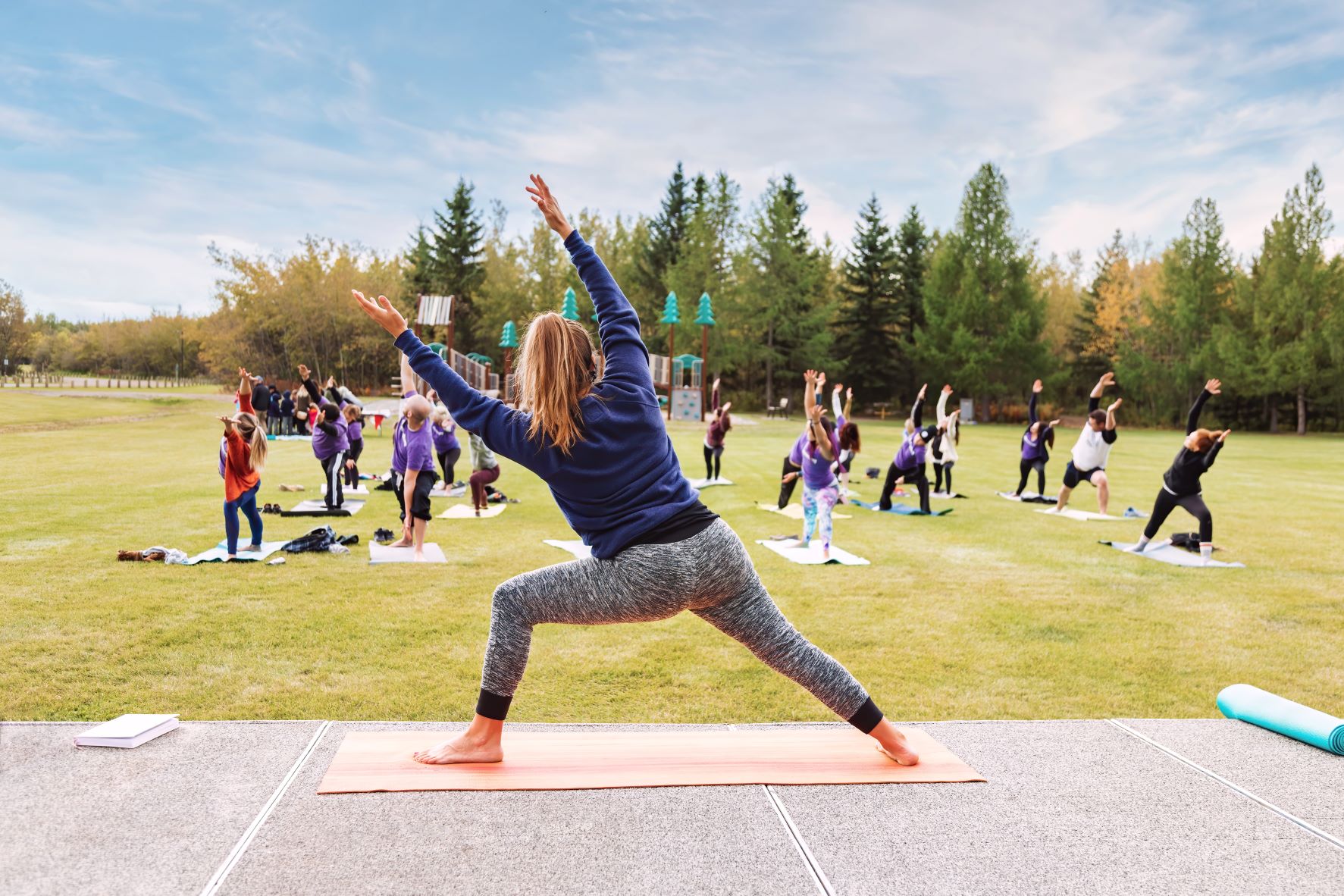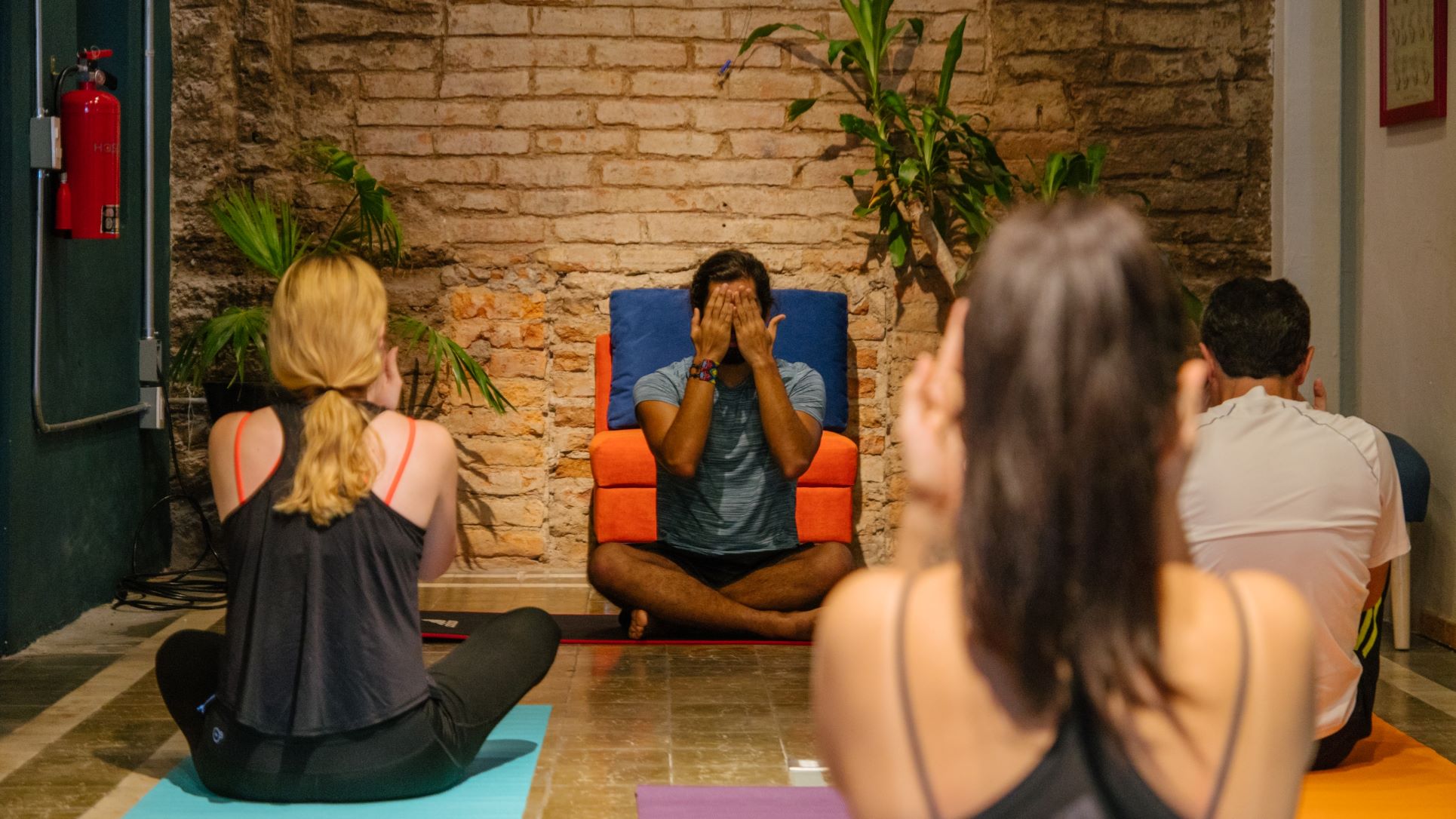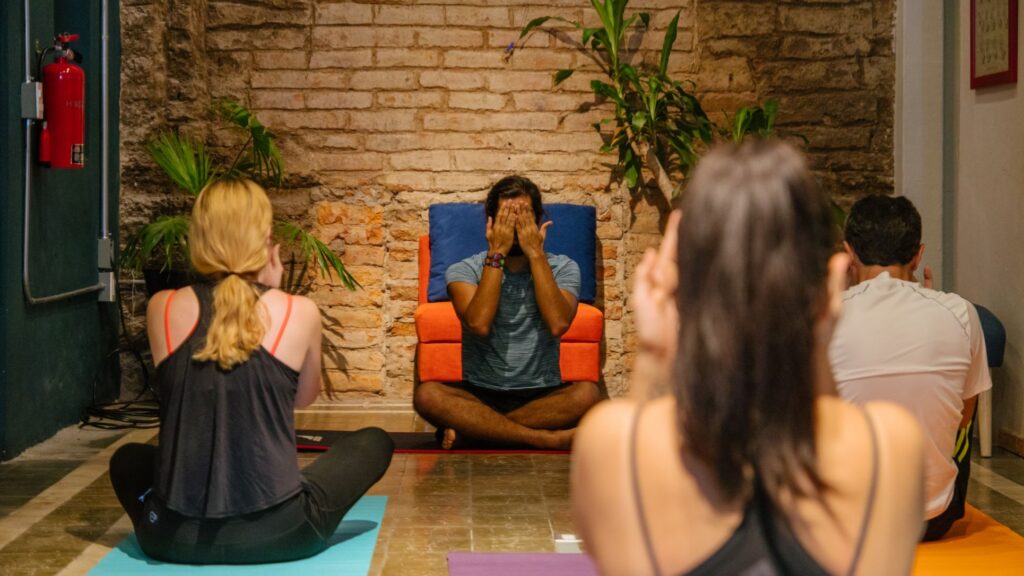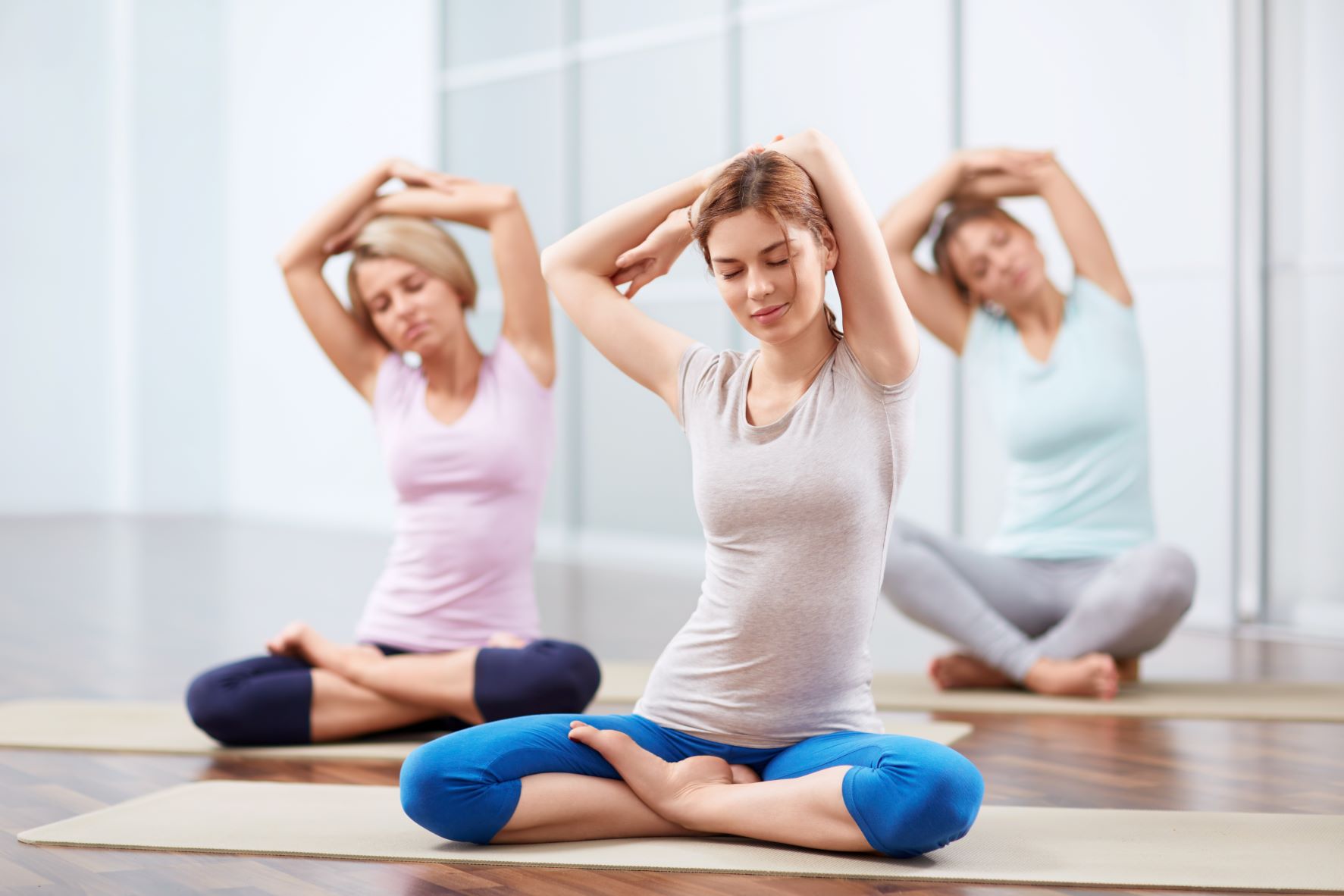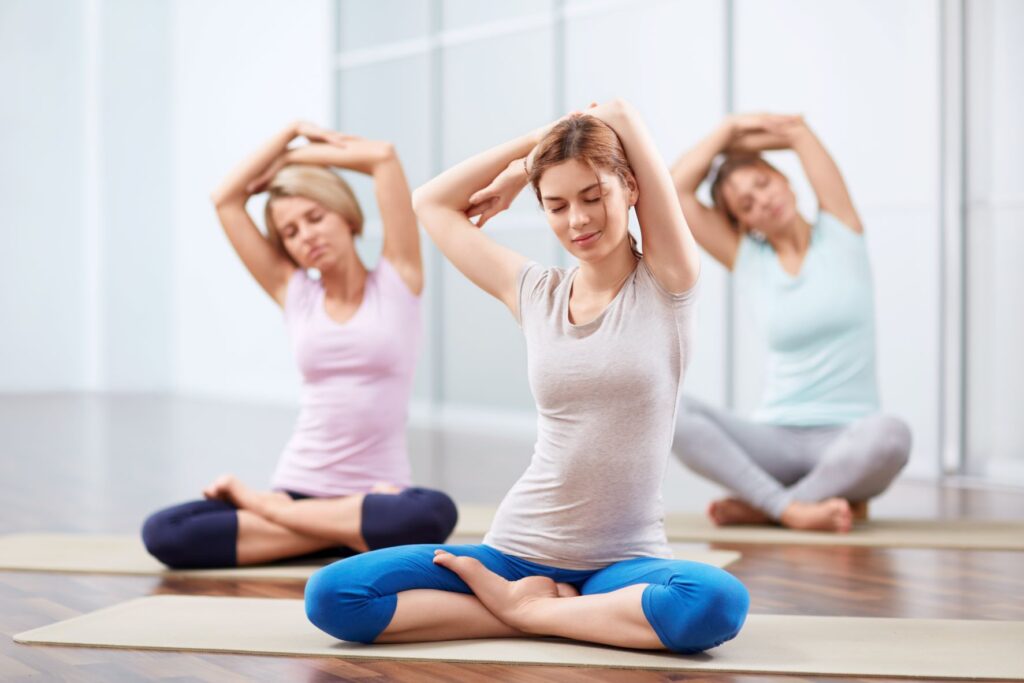When you’re new to yoga, it can be hard to know what type of class will suit your needs. There are many types of yoga, so it is a good idea to try several before you decide which one is best for you.
Whether you want to increase your strength, decrease stress or just feel more grounded, there’s a yoga practice for you.
Hatha
Hatha is the most accessible form of yoga. It emphasizes proper alignment and breathing techniques. It is often combined with meditation and mindfulness. This is a great way to increase your overall wellbeing and calm your mind.
You’ll find hatha poses in almost all yoga classes, from sun salutations to downward dog. This type is very popular, and is a great choice to start with.
It can also improve flexibility, reduce stress, and help to burn calories. It can also help you build core muscles and balance.
According to a small 2017 study, people who practiced hatha yoga before tackling a stressful task reported lower cortisol levels and less muscle tension.
Despite this, it’s not always easy to know what kind of yoga is right for you. Before you start a new practice, talk to your doctor if you have any medical conditions (such as glaucoma or blood clots) or are pregnant.
Yin
Yin yoga is a restorative yoga style that targets the body’s deeper connective tissues and fascia. These tissue strands can restrict movement and cause pain.
The slow pace, long hold and use props in Yin Yoga allow the body to relax into each position. This allows the body to release tension and stress that has built up over time.
It also gives the mind space to work through emotions that we often hold onto, which can be quite cathartic. It is also known to lower stress and anxiety, as well as activating the parasympathetic nervous system.
Anyone at all can practice Yin yoga. It is highly adaptable. It can be adapted to accommodate every type of body and it is a gentle style of yoga that encourages passive stretching with support.
Yin Yoga is particularly effective in reducing anxiety and stress. It activates the parasympathetic nervous systems, which calms the body. It is also known for increasing flexibility and elasticity in the muscles and connective tissues throughout the body.
Restorative
Because it allows you to deeply relax in a meditative environment, restorative yoga is the best type for beginners. This style uses props such as straps, bolsters, and blankets to help release tension and stress.
It is also a great way for you to have a more spiritual experience with your yoga practice. It’s a slow-paced class that uses just a few postures, held for longer than in other styles of yoga to encourage deep relaxation.
Restorative yoga aims to relax your mind and body while you hold each pose for as much time as possible, usually 5-20 minutes. It is a great way for stress relief after a stressful day, or to recover from a hard workout.
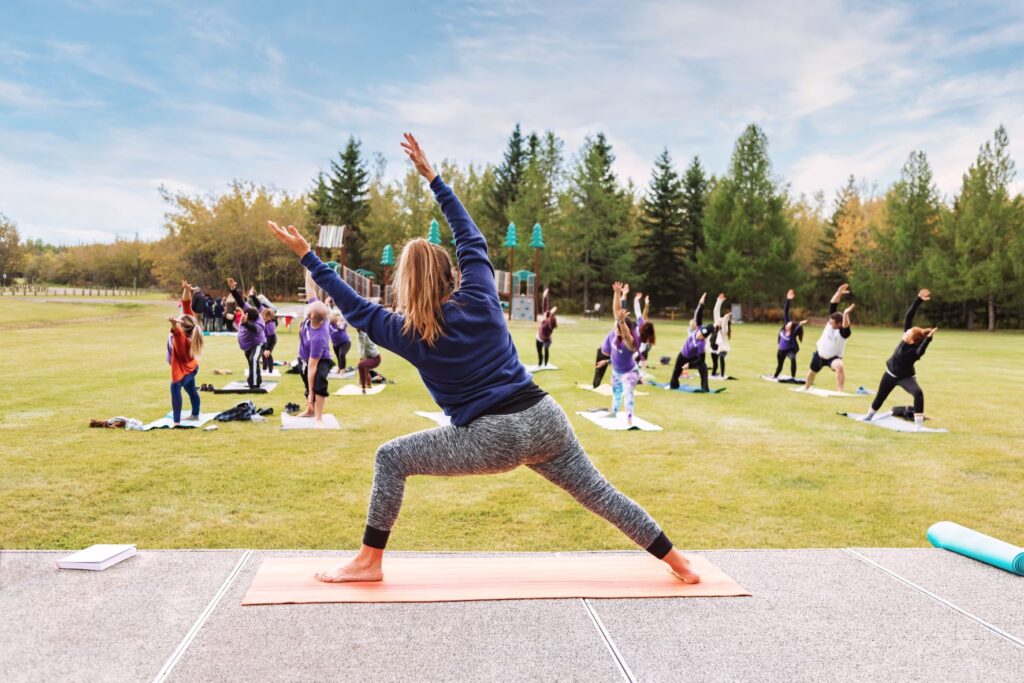
In contrast, Vinyasa yoga is an energetic style that moves quickly from one pose to the next with a pumping playlist. This is a great option for those who like to move quickly, but it’s not the best yoga for beginners. You’ll be moving quickly from one pose to the next and can become too strenuous if you don’t have the right experience.
Restorative yoga also helps your body heal from an illness or injury. It’s especially helpful for injured runners because it promotes muscle recovery and reduces stress in your muscles.
Vinyasa
Vinyasa yoga is a great type of yoga for beginners. It combines breath and movement, matching each transition with your breathing, giving you a full workout that’s both cardio and strength training while also increasing flexibility and improving heart health.
In addition to the physical benefits, Vinyasa yoga also teaches mindfulness. Childers says it’s the perfect combination of meditation in motion, and a physical practice that can help with stress, anxiety, or burnout.
However, Vinyasa is also a fast-paced style of yoga that requires you to move quickly through poses. Childers says this can make it more difficult to align your body correctly and check your body.
Beginners should start in a Slow Flow or Vinyasa Level 1 class, Fleming recommends. This will allow you to practice each pose correctly and prepare you for a more challenging flow class.
Ashtanga
There are many styles available in yoga. Some of them are more beginner friendly than others, and there are even some that are designed specifically for beginners.
Ashtanga, which allows you to practice at your own speed, is one of the best types for beginners. This type of yoga focuses on strengthening the body and stretching it.
It uses a set sequence of postures to open, align, strengthen and purify the body. It also synchronizes the breath with the flow of movement in each pose.
This type of yoga can help you increase your stamina, strengthen your core muscles, and improve flexibility and balance. It also reduces stress and increases your mental focus.
The class starts with a series standing poses that require balance, forward folds, and hip openings. These movements are designed to prepare you in the seated positions that will follow.
While seated positions are easier than those in standing, they still require core strength and arm strength. Once you’ve mastered standing poses, you can move on the Intermediate and Advanced sequences. This series is harder than the Primary Series.
Iyengar
Iyengar yoga is a great type of yoga for beginners. It emphasizes precision in your posture, breath control, and detail. It is a great way for increasing strength, flexibility, mobility, and mental focus.
It can also help improve your overall health and reduce the aches and discomforts caused by poor alignment. For instance, people who slouch or slump often have back problems that can be remedied with Iyengar yoga.
It can also help tone your entire body. Iyengar doesn’t focus on the large muscles. Instead, he focuses on the smaller ones.
Another benefit of Iyengar yoga is that it increases the production of a mood-boosting chemical in your brain, gamma-aminobutyric acid (GABA). This can improve your overall well-being and even lower your anxiety.
This practice is safe for everyone, regardless of age or skill level. You should be careful not overdo it and cause injury. If you have any physical limitations, let your teacher know before taking class.
Finding a qualified teacher with years of experience who can safely and methodically guide and teach you Iyengar yoga is the best way to learn it. This is important to avoid injury and maximize the benefits of your practice.
Katonah
Katonah yoga, which focuses on understanding the fundamental proportions of your body, folds, and fits, is one of the most popular types of yoga for beginners. This helps you to maintain stability in your body and can prevent injuries.
This style of yoga was created by Nevine Michaan, and it combines Daoist principles with Chinese theory and sacred geometry. It has been growing in popularity in recent years with studios such as Sky Ting in Manhattan or Love Yoga Space Los Angeles.
It combines Hatha yoga and Taoist theory, geometry and magic with metaphor and imagination. This is a practical framework that can help you to improve your personal and collective well-being. Maps of time and personal spaces are used to frame the practice.
The style teaches poses workshop-style, with plenty of props and adjustments to get you into the right fit. This is a great way to break bad habits, and make your body more mobile.
Katonah yoga is a slow-paced type of yoga that combines gentle movements with breath and poses (asanas), which are held for longer periods. It also focuses on making space for your organs and fascia, and you’ll learn to leverage your props as you move through joint space.
